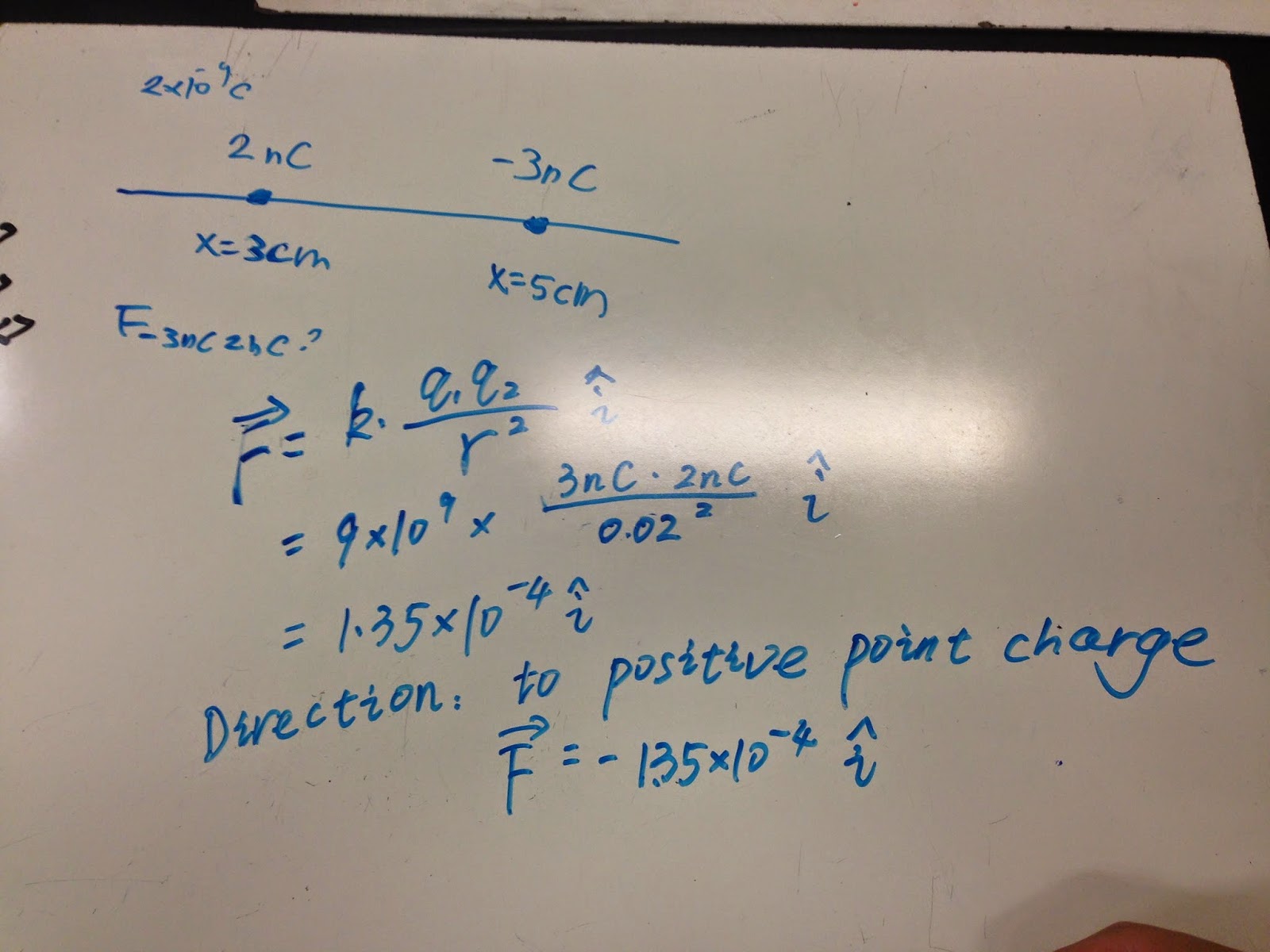Then we learn about electric dipole, which forms with two same electric particles, but one is negative, the other is positive, the direction of the electric dipole is from negative particle to positive particle. We put electric dipole in a electric field looks like in the photo, we find the direction of forces that the two particles are different, and the directions are oppisite.
in this photo, we use the equation torque= F*r to find the torque in electric dipole. We find the two particle in electric dipole have same torque but the direction is different. and the net torque is 2 times than one of them.
and the electric moment P=2*q*a and we find that torque=P*E.
in this photo, we use another way to find the work of electric dipole. We find the work is the change of potential energy.
Then we use the VPython to show it
in this photo, we draw the Normal vectors to the surfaces shown in the picture.
Then we begin to learn the Flux.
in this photo, we find the unit of flux is N*m^2/C
in this photo, we find the Flux of 4 different area in the cube, becasue the electric field lines is from left the right, so the flux of 3 and 4 is 0, and about 1 and 2 is =E*A
Conclusion:
Today in class, we first learn what is the dipole and how to find the torque of dipole . We use VPython to draw the direction of normal vectors of the electric dipole. And we build some model of Electric flux and learn how to find the flux of different surfaces.























































